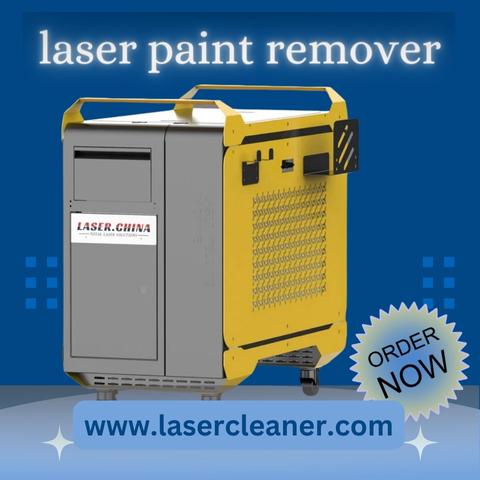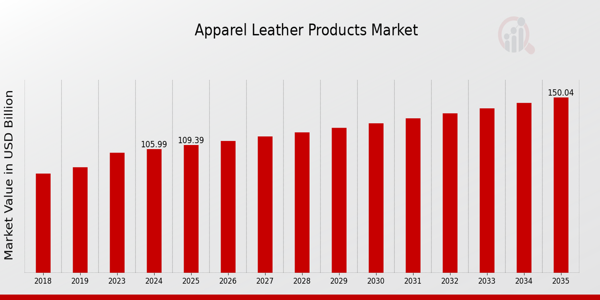In the world of surface cleaning and paint removal, few innovations have been as transformative as the laser paint remover. This tool, which once sounded like something from science fiction, is now being adopted across multiple industries for its efficiency, accuracy, and environmentally conscious performance. But how exactly does it work, and what makes it different from traditional methods?
Let’s dive deep into how a laser paint remover functions, the science behind it, its applications, and why it’s reshaping the future of paint stripping and surface restoration.
What Is a Laser Paint Remover?
A laser paint remover is a technologically advanced device that uses high-intensity laser beams to vaporize or ablate paint layers from a surface. The laser beam targets the topmost coating—typically paint or rust—and converts it into gas through a process known as laser ablation. This process is highly controlled, precise, and clean, eliminating the need for chemical solvents or abrasive methods.
This isn’t a new idea in theory, but the level of efficiency and control offered by today’s laser paint remover tools is unlike anything that has come before. It's a dry, non-contact method that dramatically reduces the waste and health hazards associated with conventional paint stripping methods.
The Science Behind the Technology
The core principle of a laser paint remover lies in its ability to deliver focused light energy to a small point. This light energy heats the paint to a point where it disintegrates—without heating or damaging the underlying material.
Lasers used for this purpose are typically pulsed fiber lasers. The pulses are short and intense, which helps prevent heat from diffusing into the surrounding material. As a result, metal surfaces beneath the paint remain unharmed. The laser beam’s wavelength is selected to be absorbed strongly by the paint but not by the base material, ensuring selective removal.
A laser paint remover operates through:
-
Absorption: The paint absorbs the laser energy.
-
Vaporization: The absorbed energy causes the paint to rapidly heat and vaporize.
-
Plume Generation: A plasma plume is formed, which can further help with paint removal through shockwaves.
-
Debris Suction: Many devices are equipped with vacuum systems to immediately remove the residue, keeping the workspace clean.
This method is highly controllable. Operators can adjust the power, frequency, and speed of the laser to suit different types of surfaces and coatings.
Applications Across Industries
The laser paint remover is not just for industrial facilities—it’s becoming a preferred method in fields ranging from aerospace and automotive to heritage restoration and marine engineering.
1. Aerospace and Aviation
Aircraft require regular repainting and inspection. Traditional methods like chemical stripping can harm aluminum and composite materials. Laser-based removal offers a safer, more controlled approach that preserves the integrity of the airframe.
2. Automotive
In car restoration and manufacturing, removing layers of paint without damaging the underlying panels is crucial. A laser paint remover enables automotive professionals to strip paint without warping metal panels or introducing corrosion from leftover chemicals.
3. Shipbuilding and Marine Industry
Salt, humidity, and paint degradation are constant issues in marine environments. Rust and old coatings on ships can be efficiently cleaned using a laser system. Because it doesn’t rely on water or chemicals, it’s ideal for use in docks and shipyards where environmental regulations are strict.
4. Industrial Equipment Maintenance
Machinery coated in protective paint layers may need stripping for inspection or repainting. Using a laser paint remover minimizes downtime, since the process is quick, dry, and requires minimal post-cleanup.
5. Art and Architecture Restoration
Laser cleaning is precise enough to be used in delicate restoration work. Paint layers on statues, buildings, or artifacts can be removed without harming the substrate—something nearly impossible with sandblasting or chemical applications.
Why Professionals Are Making the Switch
Across these industries, professionals are making a transition from traditional paint removal techniques to laser-based solutions. Why? Because laser paint removal offers unmatched precision and adaptability. It works on flat surfaces, curved contours, intricate engravings, and even textured finishes. It gives operators more control, which is essential when working with materials that must be preserved or when paint needs to be removed from only certain areas.
Moreover, unlike media blasting or chemical stripping, laser paint remover systems don’t wear out the substrate, create harmful dust clouds, or release volatile organic compounds (VOCs). This leads to a cleaner work environment and less risk for operators.
Maintenance and Safety Considerations
Even though a laser paint remover doesn’t use chemicals or abrasives, it still demands careful handling. Operators should be trained in laser safety procedures, including wearing protective eyewear and using the device in a well-ventilated or enclosed environment. The laser light is powerful and can be harmful if misused.
Most systems today come with built-in safety mechanisms, such as automatic shutoffs, shields, and fume extractors. Still, regular maintenance and calibration are necessary to keep the equipment in top shape.
Cleaning the optics, ensuring proper cooling, and checking the alignment of the laser head are part of routine care. Since this is a precision instrument, even a slight misalignment can reduce its effectiveness or compromise safety.
Environmental Responsibility
One of the most compelling reasons to adopt a laser paint remover is its environmental impact—or rather, the lack thereof. Conventional paint stripping methods often involve hazardous chemicals that require special disposal procedures. These substances can pollute water systems and pose health risks to workers.
Laser paint removal, by contrast, does not rely on any chemical agents. The process produces minimal waste: vaporized particles and paint dust, which are typically captured through integrated vacuum systems. This clean operation makes it ideal for businesses looking to comply with stricter environmental regulations or to reduce their ecological footprint.
Cost Considerations
At first glance, a laser paint remover may seem like a high investment. However, the long-term savings are substantial. Traditional methods often incur recurring costs—abrasive media, chemical agents, protective gear, disposal fees, and labor-intensive cleanup. A laser system, on the other hand, minimizes consumables and waste, making it more cost-effective over time.
Additionally, its speed and efficiency reduce labor hours. For businesses operating at scale, this adds up quickly. While the upfront investment is significant, the return is measurable in productivity, safety, and compliance.
Real-World Impact and Success Stories
Across the globe, industries are reporting significant improvements after adopting laser paint remover systems. Companies in aerospace maintenance have reduced turnaround times by days. Restoration projects have managed to uncover historic detailing once obscured under decades of paint. Automotive workshops report less material waste and more consistent finishes.
The transformation is not just in how paint is removed, but in how surface preparation is approached as a whole. With laser systems, paint removal becomes less about destruction and more about precision and preservation.
Final Thoughts
The laser paint remover is not just a tool—it represents a shift in how professionals approach surface preparation, cleaning, and restoration. Its ability to precisely remove paint without damaging the underlying surface, combined with its eco-friendly operation and long-term cost benefits, make it a standout solution in modern industry.
As the demand for cleaner, safer, and more precise technologies grows, laser paint removal is poised to become the gold standard. Whether you're a manufacturer, a restorer, or an engineer, investing in laser-based solutions can elevate the quality and efficiency of your work to new heights.



